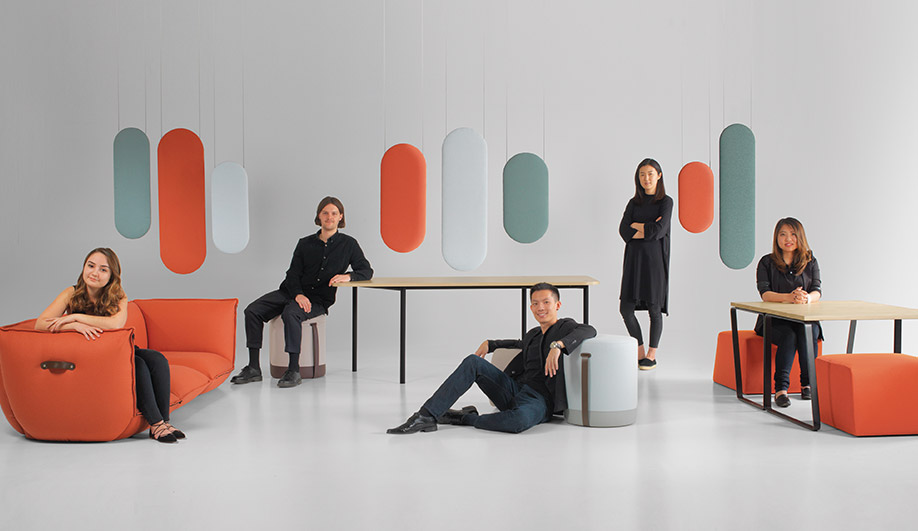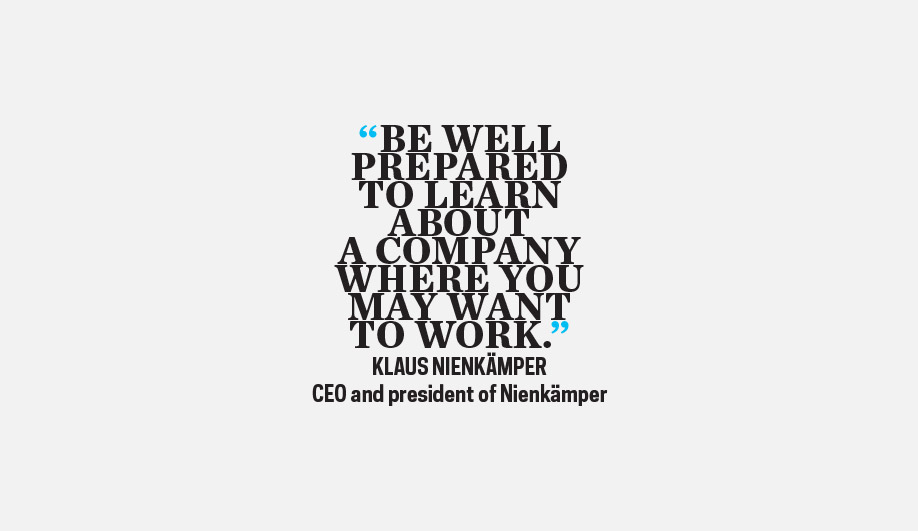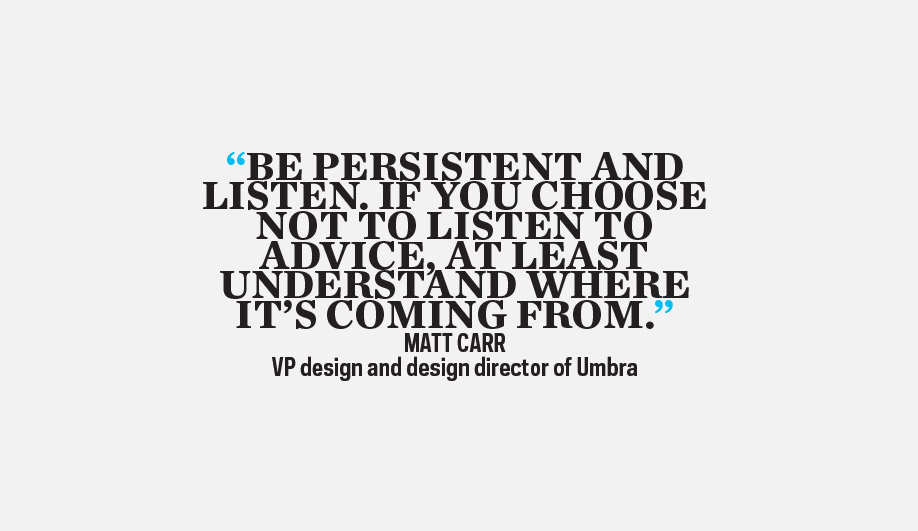The catch-all discipline of industrial design now embraces a multitude of creative streams beyond mere lighting and furniture, with students working on everything from crafting violins out of spider silk to developing the world-saving technologies of tomorrow.
To determine which schools best prepare these students to turn their concepts into careers, we looked at dozens of programs and asked experts in the field to tell us what they look for when recruiting.
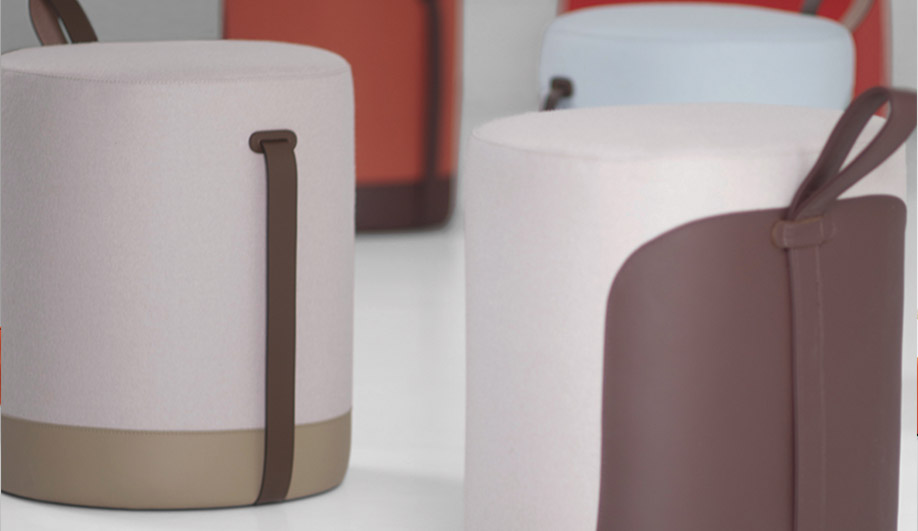
ArtCenter College of Design, Pasadena, California
Programs: Bachelor of Science, Master of Science
Tuition: BSc: US$40,000; MSc: US$43,000
Enrolment: 2,000 (750 in school of industrial design)
Notable Alumni: Yves Béhar (founder of fuseproject), Nolen Niu (furniture designer)
ArtCenter may be a small school, but what it lacks in size it more than makes up for with a highly respected program, a conservatory-like approach, a host of next-level maker spaces and a faculty of renowned industry practitioners. As furniture designer and alum Nolen Niu attests, “ArtCenter’s corporate projects give students real-world experience in the design process.” Last year’s crop of students, for instance, collaborated with manufacturer Bernhardt Design on a line of office furniture for millennials; the prototypes, finished to perfection, were then presented at ICFF in New York.
ArtCenter’s boot-camp attitude demands hard work of its students, which may be why the school attracts a mature and driven student body. Speaking of drive, ArtCenter also boasts an innovative transportation design department, with many alumni going on to find work at luxury car companies. Whatever their focus, many graduates attest that their studies at ArtCenter are the hardest thing they’ve ever done, but made them stand out professionally. artcenter.edu

Auburn University College of Architecture, Design and Construction, Auburn, Alabama
Programs: Bachelor of Industrial Design, Master of Industrial Design
Tuition: US$10,700 in-state, US$29,000 out-of-state
Enrolment: 27,000 (205 in school of industrial design)
Notable Alumni: Tom Hardy (former head of IBM Design), William Spratling (silversmith)
AU is known for its emphasis on product innovations and commercial environments, and ranks high for its studio-based, industry-sponsored projects. For example, in an ongoing collaboration with Alabama State University’s graduate orthodontics and prosthetics program, third-year students design and build 3-D-printed artificial limbs and devices that give people affected by limb loss a second chance to play the cello, or do many more of the mundane activities that non-disabled people take for granted. cadc.auburn.edu

California College of the Arts, San Francisco, California
Programs: Bachelor of Fine Arts, Master of Fine Arts
Tuition: BFA: US$45,000; MFA: US$47,000
Enrolment: 2,000 (300 in school of design)
Notable Alumni: Nick Cronan (Founder of branch Creative), Roger C. Field (inventor of Foldaxe)
Founded by a German cabinetmaker in 1907, at the height of the Arts and Crafts movement, CCA remains a stronghold of the maker tradition. While this approach may seem like Luddism – antithetical to today’s tech-driven industrial design world – the philosophy has been updated to embrace all the tools the 21st century has to offer. The school’s hands-on, trans-disciplinary approach, along with its small class sizes and faculty of practising professionals, has earned it top marks from many school-ranking organizations.
CCA offers courses that delve into everything from soft goods and wearables to electronics and user interfaces – not to mention more traditional crafts, and even bike-frame design. The school’s San Francisco location only adds to the real-world milieu, as students get to rub shoulders with Silicon Valley start-ups and the venture capitalist impresarios of Menlo Park’s Sand Hill Road. cca.edu

Carleton University School of Industrial Design, Ottawa, Ontario
Programs: Bachelor of Industrial Design, Master of Design
Tuition: BID: $11,000 domestic, $28,000 international; MDes: $4,300 domestic, $8,900 international
Enrolment: 28,000 (255 in school of design)
Notable Alumni: Karim Rashid, Howard Nuk (VP of Design at Samsung), Chad Harber (designer of Fitbit one)
Carleton’s strength lies in a practical education, where students learn by doing. Instruction that places equal emphasis on process and making, creativity and technical mastery, has earned the long-standing program an excellent reputation. Just one of two Canadian industrial design schools recognized by the Industrial Design Society of America (IDSA), Carleton has extensive facilities – including sensor and prototyping labs – and a co-op program that promises a minimum 12-week placement.
The experts we spoke to were often impressed with graduates’ go-to-market skills, including technical proficiency, keen design process thinking and an ability to work in teams – factors that combine to make graduates sought-after employees. As Jonathan Sabine, co-founder of Toronto’s MSDS Studio, told Azure, “Carleton is still the school to go to for pure industrial design training.” A location in the capital lets students work with government research and development laboratories on a regular basis. id.carleton.ca
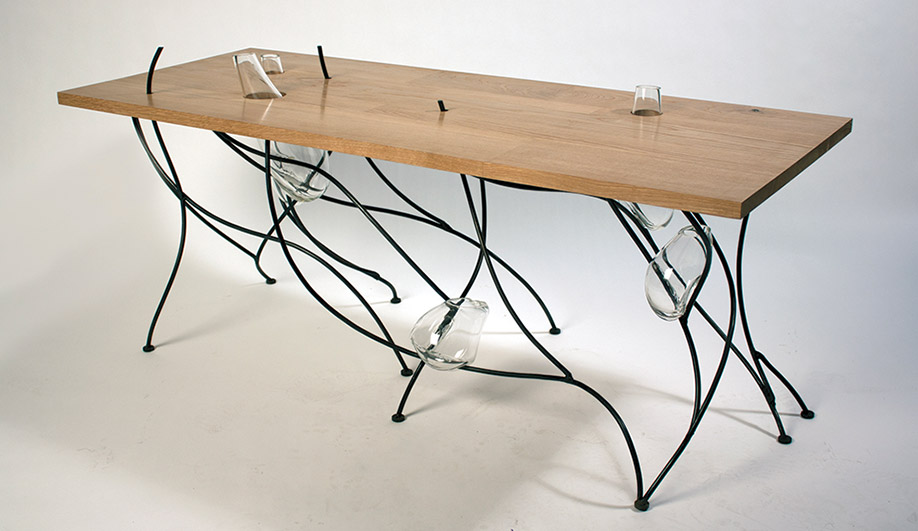
Carnegie Mellon University School of Design, Pittsburgh, Pennsylvania
Programs: Bachelor of Design, Master of Design, Master of Arts, Doctor of Philosophy
Tuition: BDES: US$51,000; MDes/MA/PhD: US$39,000
Enrolment: 13,500 (215 in school of design)
Notable Alumni: Fred Bould (designer of Nest Thermostat), Carroll Gantz (designer of Dustbuster)
CMU is blessed with top-flight business and computer science faculties, and students of its School of Design benefit from these intramural resources, graduating as designers steeped in technology – be it hardware, software, interaction or systems, all of which are increasingly inseparable. While the school does offer a product design stream, its strengths lie in graphic communications for print and digital. Its program framework was recently overhauled to reflect a more A-to-Z approach, with an overarching theme – Design for Interaction – that upholds design as the solution to common problems.
Students are expected to first determine the scope and timeline of the change they’d like to effect, then choose between Design for Service (moderate change), Design for Social Innovation (significant change) and Transition Design (radical change). In this new light, according to program directors, CMU is fostering a generation of values-led designers. design.cmu.edu
Emily Carr University of Art and Design, Vancouver, British Columbia
Programs: Bachelor of Design, Master of Design
Tuition: BDes: $5,000 domestic, $15,000 international; Mdes: $17,000
Enrolment: 2,000 (60 in school of design)
Notable Alumni: Jeannie Mah (ceramicist), Ron Thom (architect)
Emily Carr established its industrial design program in the 1980s; though still relatively new, it is considered among Canada’s best, with Germany’s Red Dot Institute ranking Emily Carr among their top design universities worldwide last year. Offering excellent training at the edges of the discipline, and especially in sustainable design, ECUAD’s instruction ultimately asks, “What does 21st-century industrial design need in order to regain ecological integrity?” This renegotiation is led by the school’s social innovation lab, which strives to dramatically reduce resource and energy consumption. Yet despite this emphasis on context-driven research, the school maintains that beauty is still necessary for this new tack. The university also boasts great fabrication facilities, including a 3-D printing studio and a dedicated health design lab. ecuad.ca
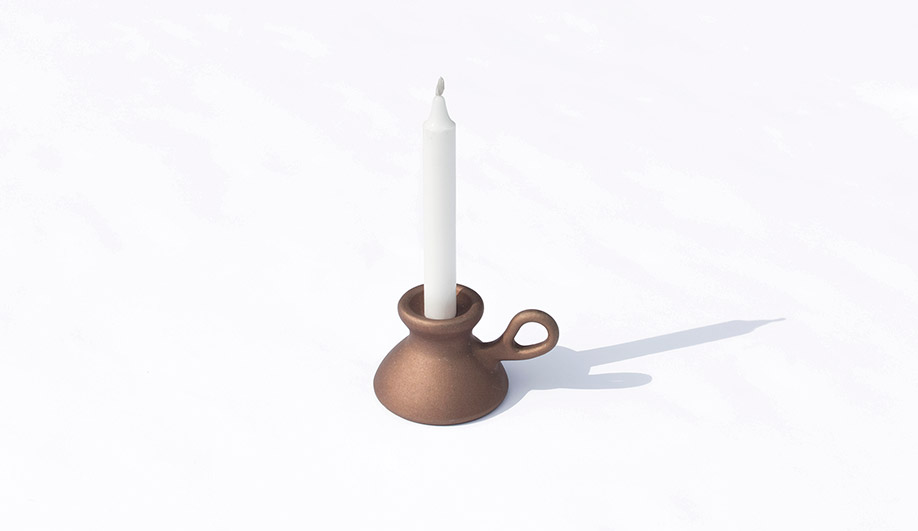
OCAD University, Toronto, Ontario
Programs: Bachelor of Design, Master of Design
Tuition: BDes: $7,300 domestic, $22,000 international; MDes: $8,600 domestic, $20,000 international
Enrolment: 4,500 (415 in school of design)
Notable Alumni: Douglas Ball (Designer for Herman Miller), Scot Laughton (Designer for Keilhauer, Nienkämper)
Housed in Will Alsop’s iconic Sharp Centre for Design, OCAD U’s industrial design program is the best school for comprehensive systems design, addressing global issues as defined by the United Nations’ 2030 sustainable development goals. The resulting work is ambitious in its synthesis of disciplines – for example, a lunch kit that tackles the looming food crisis by doing away with meat and plastic, and integrating an app for monitoring daily nutrition.
The program asks students to imagine products and services located at the crossroads of “the artifact,” “the system” and “the experience” – which, in this day and age, often means responding to our digital shadows. The result is young industrial designers prepared to infuse their work with global and local perspectives and push boundaries in the field, which prompted design studio owner and entrepreneur Jonathan Loudon to praise the school’s ability to “instill students with a good foundation in research and lateral thinking.” ocadu.ca
Pratt Institute, New York, New York
Programs: Bachelor of Industrial Design, Master of Industrial Design
Tuition: BID: US$39,500; MID: US$46,000
Enrolment: 4,600 (280 in school of design)
Notable Alumni: Ayse Birsel (Designer for Herman Miller), Todd Bracher, George Mulhauser (Designer of Plycraft’s Mr. Chair), Charles Pollock (designer for Knoll)
In step with New York’s dog-eat-dog pace, Pratt’s industrial design program is tough to get into, tough to stay in, and, as a result, among the best in the country. Consistently, our experts lauded the program’s rigour, its ability to give students individual attention, and its emphasis on the ever-important issue of a product’s economic feasbility; as Matt Carr of Umbra explains, Pratt excels at offering its students a “good integration into the business of design.”
Final-year, capstone studios allow students to narrow their studies to a specialized field, from furniture, product or exhibition design to shoes and athletic gear. The program’s ultimate mandate is to awaken students to the ways our planet’s climate and limited resources depend on good design. pratt.edu

Rhode Island School of Design, Providence, Rhode Island
Programs: Bachelor of Fine Arts (Industrial Design, Furniture Design), Master of Industrial Design, Master of Fine Arts (Furniture Design)
Tuition: US$47,000
Enrolment: 2,500 (400 in school of industrial design)
Notable Alumni: Prince Carl Philip of Sweden, Josh Owen (designer for Areaware, Herman Miller)
RISD is the wellspring of Providence’s design cluster, and its stellar reputation extends well beyond regional borders. It has perhaps produced more entrepreneurial designers in the United States than any other arts-dedicated campus over the last decades. The Liberal Arts of industrial design programs, RISD places an emphasis on experiential learning and hands-on experience – two core educational elements that cultivate the transferrable skills of precision, attention to detail, responsiveness and focus.
To hone critical thinking, students learn about design processes both by working on their own and by collaborating with such industry giants as Nike and Google; last year, students teamed up with Microsoft, Dolby and Kikkerland. No wonder graduates have landed in a variety of fields, from aviation, education and healthcare design to government, technology and non-profit organizations. risd.edu
For more information about education in architecture, industrial design, interaction design, interior design and landscape architecture, visit our Top Schools section.

